The Ultimate Guide to Cable-Management Drawers for Standing Desks
Table Of Contents
- Introduction
- Why Cable Management Matters for Standing Desks
- Benefits of Cable Management Drawers
- Types of Cable Management Drawers for Standing Desks
- Key Features to Consider When Choosing a Cable Management Drawer
- Installation Tips and Best Practices
- Styling Tips: Integrating Cable Management with Your Desk Aesthetic
- Maintaining Your Cable Management System
- DIY Cable Management Drawer Solutions
- Conclusion
The evolution of the modern workspace has brought standing desks to the forefront of ergonomic office furniture. These versatile desks offer the flexibility to alternate between sitting and standing positions, promoting better posture and increased productivity. However, with great flexibility comes a common challenge: cable management.
As we embrace the functionality of standing desks, we're faced with a tangle of cables—power cords, charging cables, HDMI connections, and more—that not only create visual clutter but can also pose safety hazards and impede the smooth operation of height-adjustable mechanisms. This is where cable-management drawers come in as an elegant, practical solution.
In this comprehensive guide, we'll explore how cable-management drawers can transform your standing desk setup, the various types available, key features to consider before purchasing, and practical tips for installation and maintenance. Whether you're setting up a home office, revamping your corporate workspace, or simply looking to tame the cable chaos beneath your desk, this guide will help you find the perfect cable management solution that combines functionality with style.
Why Cable Management Matters for Standing Desks
Standing desks have revolutionized how we work, offering health benefits and ergonomic advantages. However, these benefits can be compromised when cables are left unmanaged. Understanding why cable management is particularly crucial for standing desks can help you appreciate the value of investing in proper solutions.
Movement and Functionality
Unlike traditional fixed-height desks, standing desks are designed to move up and down throughout the day. This dynamic functionality creates unique challenges for cable management. Loose cables can easily get caught in the desk's mechanism during height adjustments, potentially damaging both the cables and the desk itself. A proper cable management system ensures that cables move harmoniously with the desk, maintaining functionality without restrictions.
Safety Considerations
Dangling cables present trip hazards in any workspace, but with standing desks, the risks multiply. As the desk changes position, cables can fall into walkways or become more accessible to pets or children in home environments. Additionally, pinched cables can pose electrical hazards if their protective covering becomes damaged. Cable management drawers keep these potential dangers contained and controlled, creating a safer work environment.
Aesthetic Appeal
A cluttered workspace affects more than just physical safety—it impacts mental clarity as well. Research has shown that visual clutter can reduce focus and increase stress levels. Cable management solutions help maintain a clean, minimalist aesthetic that complements the sleek design of modern standing desks. This is particularly important for open-concept offices or home workspaces where the desk may be visible from multiple angles.
Benefits of Cable Management Drawers
Cable management drawers offer several advantages over other cable organization methods, making them an ideal companion for standing desks. Understanding these benefits can help you determine if this solution is right for your needs.
Concealed Organization
Unlike cable trays that remain partially visible, cable management drawers completely conceal the chaos of cords and power strips. This provides a cleaner look from all angles, which is especially valuable in professional environments where presentation matters. The enclosed space also protects cables from dust accumulation, potentially extending their lifespan.
Accessibility When Needed
While keeping cables hidden, drawers still offer quick access when you need to add, remove, or rearrange connections. The sliding mechanism allows you to reach all your cables without crawling under the desk or moving furniture. This accessibility makes cable management drawers particularly useful for setups that frequently change, such as creative workstations or tech-heavy environments.
Space Optimization
Cable management drawers utilize the often-forgotten space directly under the desktop. This efficient use of space keeps your floor clear and provides a dedicated zone for power strips, adapters, and excess cable length. Some models even offer additional storage compartments for small office supplies, further maximizing functionality.
Improved Air Circulation
Bundled cables can trap heat, particularly around power adapters and transformers. Cable management drawers typically incorporate ventilation features that allow for better air circulation, reducing the risk of overheating electronic components. This thoughtful design element contributes to the longevity of both your cables and connected devices.
Types of Cable Management Drawers for Standing Desks
The market offers various cable management drawer options, each with unique features designed to address specific needs. Understanding the different types available will help you select the most appropriate solution for your standing desk setup.
Under-Desk Mounted Trays
These are the most common type of cable management drawers, attaching directly to the underside of the desk. They slide out horizontally, providing easy access to stored cables and power strips. Under-desk mounted trays come in various depths and widths to accommodate different desk sizes and cable management needs. They're particularly well-suited for standing desks as they move with the desk during height adjustments, maintaining cable organization regardless of position.
Integrated Cable Management Compartments
Some high-end standing desks feature built-in cable management compartments as part of their design. These integrated solutions often include dedicated channels for routing cables and enclosed areas for housing power strips. While these systems offer a seamless look, they're typically only available with specific desk models and can't be added to existing furniture without significant modification.
J-Channel Cable Organizers
Though not technically drawers, J-channel organizers deserve mention as they provide similar benefits. These J-shaped troughs mount to the back edge of the desk, creating a discrete raceway for cables. While they don't offer the complete concealment of a drawer, they're extremely effective at routing cables horizontally across the desk and can complement a drawer system for comprehensive cable management.
Multi-Functional Cable Management Solutions
This category includes innovative designs that combine cable management with additional functionality. Examples include drawers with built-in power strips, USB charging ports, or even wireless charging surfaces. These multi-functional units maximize utility while minimizing desk clutter, making them ideal for technology-intensive workspaces where multiple devices require power and connectivity.
Key Features to Consider When Choosing a Cable Management Drawer
Not all cable management drawers are created equal. When selecting the right solution for your standing desk, consider these important features to ensure you get a product that meets your specific requirements.
Size and Capacity
Assess your cable management needs realistically. Consider not just the number of cables but also the size of power adapters, power strips, and any excess cable length you'll need to store. Measure the available space under your desk, paying particular attention to clearance height and width. Remember that a drawer that's too large might interfere with leg room, while one that's too small won't adequately contain your cables.
Material and Durability
Cable management drawers are typically made from plastic, metal, or a combination of both. Plastic options tend to be lighter and less expensive but may not offer the same durability as metal alternatives. For standing desks that move frequently, choose a sturdy material that can withstand the constant motion without warping or breaking. Look for reinforced mounting points and smooth-gliding drawer mechanisms that won't degrade with regular use.
Mounting System
The mounting mechanism is crucial for standing desks, as it must secure the drawer firmly while allowing for height adjustments. Screw-mounted options provide the most stability but require drilling into your desk. Adhesive mounts offer a non-invasive alternative but may not support as much weight. Some models feature a combination mounting system for optimal security. Consider also the ease of installation and whether you'll need special tools.
Cable Access Points
Effective cable management isn't just about storage—it's about accessibility. Look for drawers with well-designed entry and exit points for cables. Multiple access points allow for better organization of cables going in different directions. Some drawers feature brush strips or rubber grommets at these points to prevent cables from slipping out while still allowing for movement during desk height adjustments.
Ventilation
Power adapters and transformers can generate significant heat, especially in enclosed spaces. Proper ventilation prevents overheating and potential fire hazards. Look for drawers with ventilation holes or slots that promote air circulation. This feature is particularly important if you plan to store multiple power strips or adapters in the same drawer.
Installation Tips and Best Practices
Proper installation of your cable management drawer ensures both functionality and safety. Follow these tips to achieve the best results when setting up your system.
Preparation and Planning
Before installing your cable management drawer, disconnect all equipment and organize your cables. Identify which cables need to be routed through the drawer and which can be managed separately. Group cables by function (power, data, audio, etc.) to make organization easier. This preparation step saves time and prevents confusion during installation.
Optimal Positioning
Position your drawer where it will be most effective without interfering with desk functionality. For most standing desks, mounting the drawer toward the back edge provides the best balance of accessibility and leg clearance. If you're right or left-handed, consider mounting the drawer slightly off-center for easier access from your dominant side. Test your desk's full range of motion to ensure the drawer doesn't interfere with height adjustments.
Secure Mounting
Follow the manufacturer's instructions carefully when mounting the drawer. For screw-mounted options, use a drill with the appropriate bit size and ensure screws are tight but not overtightened, which could damage the desk surface. For adhesive mounts, clean the mounting surface thoroughly and allow the adhesive to cure fully before loading the drawer with cables and equipment.
Cable Routing Strategies
After mounting the drawer, develop a systematic approach to routing your cables. Start with the largest cables or power strips, then add smaller cables. Use cable ties or velcro straps to bundle cables by type or destination. Leave some slack in each cable to accommodate desk movement, but avoid excess length that could tangle. Label cables at both ends for easy identification during future changes.
Styling Tips: Integrating Cable Management with Your Desk Aesthetic
Cable management isn't just functional—it can also contribute to the overall aesthetic of your workspace. Here's how to ensure your cable management solution complements your desk's style.
Matching Materials and Finishes
When possible, choose a cable management drawer that matches or complements your desk's material and finish. For wooden desks, look for drawers with wood-grain finishes or neutral colors that blend with the desk. Metal desks pair well with metal cable management solutions in matching finishes (brushed aluminum, black, etc.). This attention to detail creates a cohesive look that appears intentional rather than retrofitted.
Minimalist Approach
For minimalist desk setups, select low-profile cable management solutions that virtually disappear when installed. Clean lines and simple designs work best with minimalist aesthetics. Consider cable management drawers with flush-mounted handles or push-to-open mechanisms that eliminate visual protrusions. This approach supports the clutter-free philosophy that often accompanies minimalist design.
Industrial Style Integration
If your workspace features industrial design elements, embrace cable management solutions that showcase rather than hide their utility. Metal mesh drawers or perforated steel options complement industrial aesthetics while still providing organization. Some cable management systems even feature exposed hardware and mechanical elements that enhance the industrial look.
Color Coordination
Don't underestimate the impact of color in cable management. While black and white options are most common, some manufacturers offer drawers in various colors. Choosing a color that either matches your desk or creates an intentional accent can elevate the overall design. Even the cables themselves can be part of your color strategy—colored cable sleeves or wraps can transform necessary utilities into design elements.
Maintaining Your Cable Management System
A cable management system requires periodic attention to continue functioning effectively. Implementing these maintenance practices will ensure your setup remains organized and trouble-free.
Regular Inspections
Schedule quarterly inspections of your cable management system. Check for any signs of wear on cables, particularly at bend points or where they enter and exit the drawer. Inspect the drawer's mounting hardware to ensure it remains secure, especially if your standing desk is adjusted frequently. These regular check-ups can identify potential issues before they become problems.
Dust Removal
Even enclosed cable management drawers accumulate dust over time, which can affect electronic components and increase heat retention. Every few months, disconnect equipment and use compressed air to remove dust from the drawer and cables. For more thorough cleaning, remove the cables entirely and wipe down the interior with a slightly damp microfiber cloth, allowing it to dry completely before replacing the cables.
Cable Audit and Reorganization
As your equipment changes, so should your cable management. Conduct an annual audit of your cables to identify any that are no longer needed. Remove obsolete cables and reorganize the remaining ones for optimal efficiency. This prevents your drawer from becoming cluttered with unnecessary cables and ensures adequate space for new connections as your setup evolves.
Hardware Maintenance
The mechanical components of your cable management drawer may require occasional attention. Apply a small amount of silicone lubricant to drawer slides if they begin to stick or make noise. Tighten any loose screws or mounting hardware. For adhesive-mounted drawers, check the integrity of the adhesive periodically and reinforce if necessary.
DIY Cable Management Drawer Solutions
If commercially available options don't meet your specific needs or budget, consider these DIY approaches to create custom cable management solutions for your standing desk.
Repurposed Drawer Units
Small plastic drawer units, often used for office supplies or crafting materials, can be repurposed for cable management. Select a shallow drawer unit that fits under your desk, remove any dividers for maximum space, and create notches or holes for cable entry/exit points. Mount the unit under your desk using heavy-duty double-sided tape or brackets for a cost-effective solution that offers significant storage capacity.
Custom Wooden Trays
For those with basic woodworking skills, creating a custom wooden cable management tray offers unlimited customization. Measure the available space under your desk and build a shallow drawer that fits precisely. Add drawer slides for smooth operation and drill strategic holes for cable routing and ventilation. Finish the wood to match your desk for a seamless, built-in appearance that perfectly addresses your specific cable management needs.
Mesh Basket Conversion
Wire mesh baskets or file baskets can be transformed into under-desk cable management solutions with minimal modification. Select a basket with appropriate dimensions, add mounting hardware to attach it to your desk, and create cable access points by bending or cutting the mesh at strategic locations. This approach provides excellent ventilation and visibility while keeping cables contained and organized.
PVC Pipe Channels
For a highly customizable and budget-friendly option, consider creating a cable management system using PVC pipes. Cut PVC pipes lengthwise to create channels for cables, then mount these channels under your desk using pipe clamps or brackets. This solution is particularly effective for routing cables from one side of the desk to the other while keeping them hidden from view. Paint the PVC to match your desk for improved aesthetics.
Conclusion
Cable management drawers represent a significant upgrade for any standing desk setup, addressing the unique challenges posed by height-adjustable workstations. By implementing effective cable management solutions, you not only enhance the functionality and safety of your workspace but also contribute to its aesthetic appeal and professional appearance.
Whether you choose a commercially available cable management drawer or opt for a DIY solution, the key benefits remain the same: reduced clutter, improved safety, better equipment protection, and a more organized workflow. The time invested in selecting and installing the right cable management system pays dividends in daily convenience and workspace efficiency.
Remember that cable management is not a one-time task but an ongoing process that evolves with your equipment needs. Regular maintenance and periodic reassessment ensure your system continues to serve you effectively as your workspace requirements change.
By incorporating the tips and considerations outlined in this guide, you'll be well-equipped to transform the underside of your standing desk from a chaotic tangle of wires into a model of organization and efficiency. The result is a workspace that not only looks better but functions better—allowing you to focus on your work rather than wrestling with cables.
Ready to transform your workspace with stylish, functional furniture solutions? Visit Loft Home Furniture today to explore our collection of premium furnishings designed to elevate your home and office spaces. From ergonomic workstations to elegant storage solutions, we offer designer-inspired pieces at accessible prices. Discover the perfect balance of form and function for your unique needs.


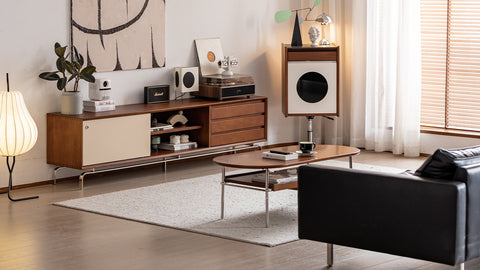

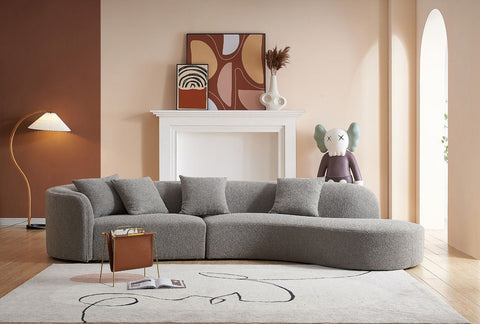
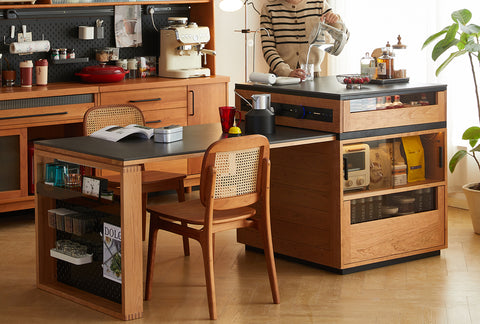
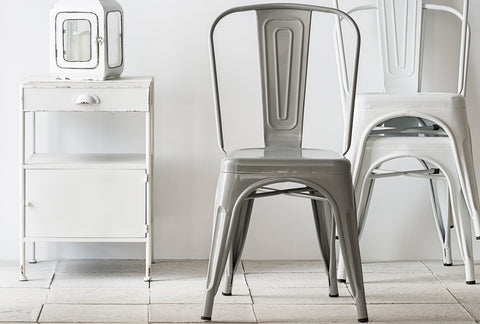
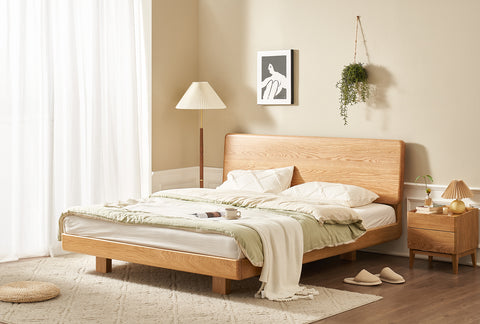






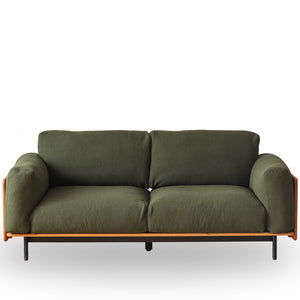
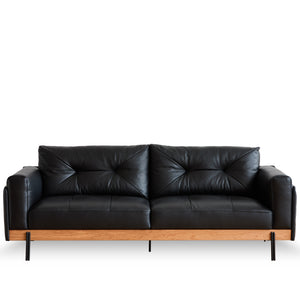
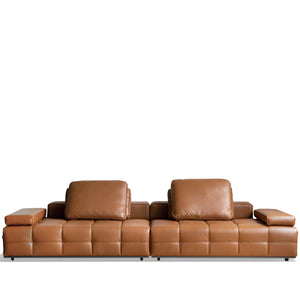
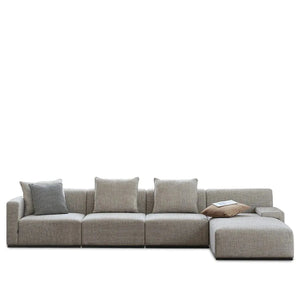
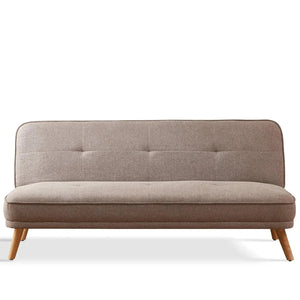
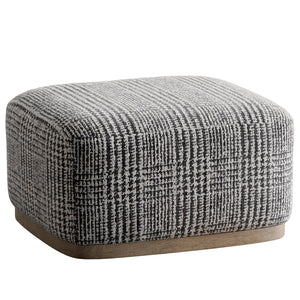

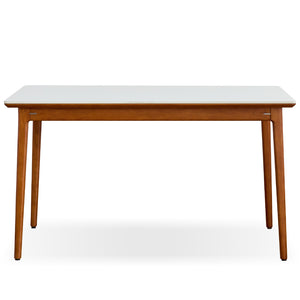
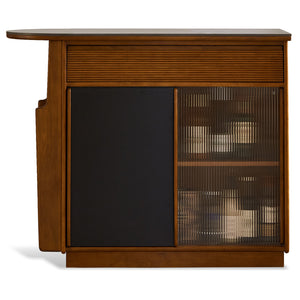
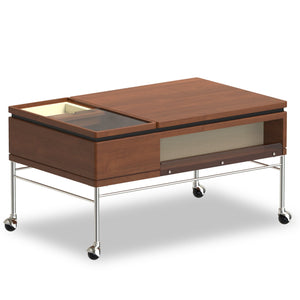
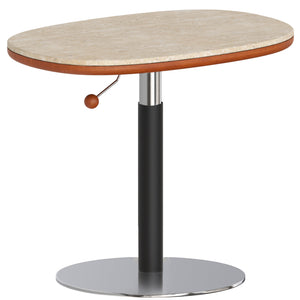
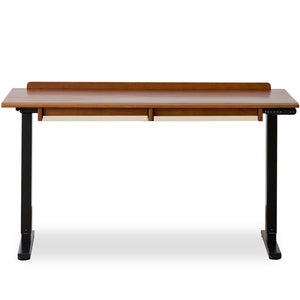
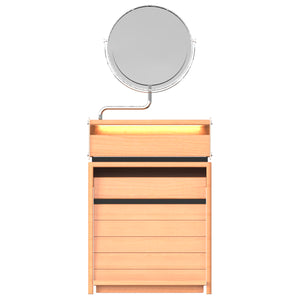

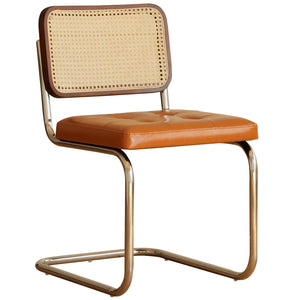
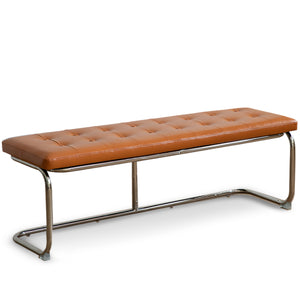
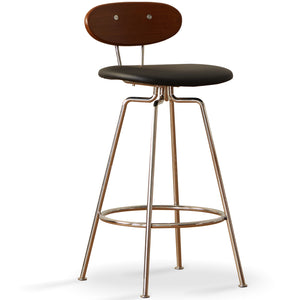

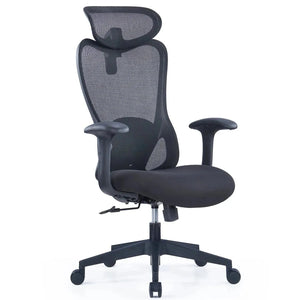

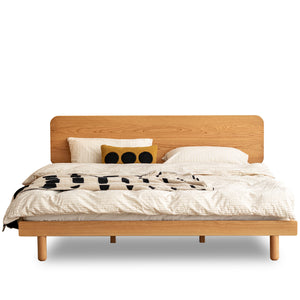
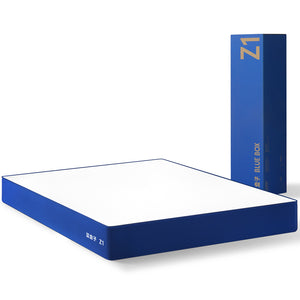

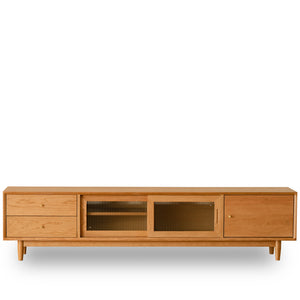
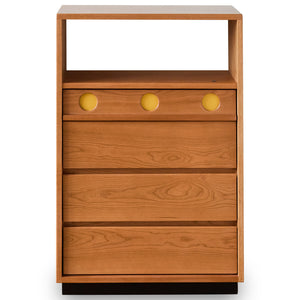
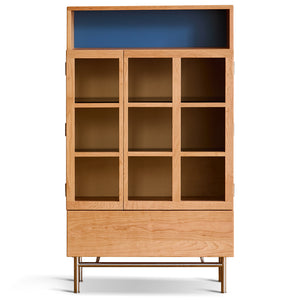
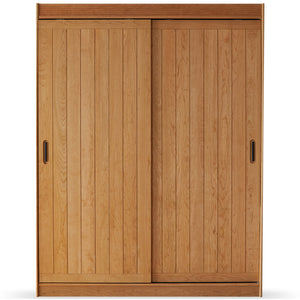
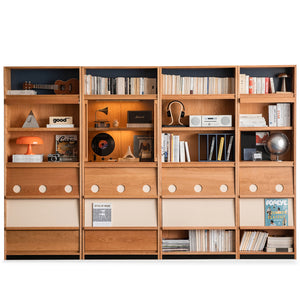

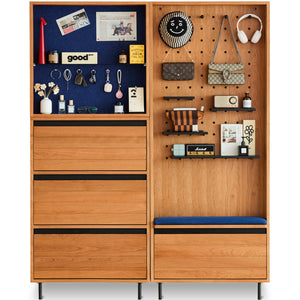
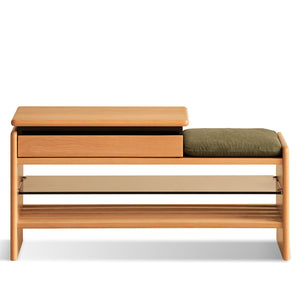
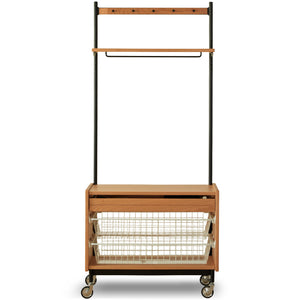






















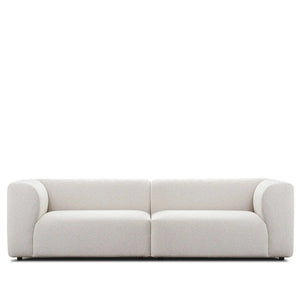




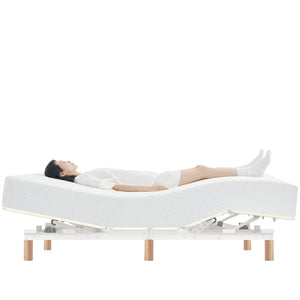

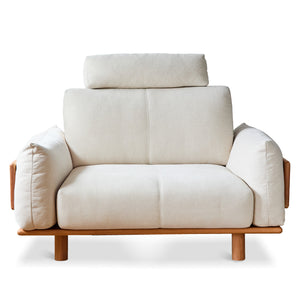

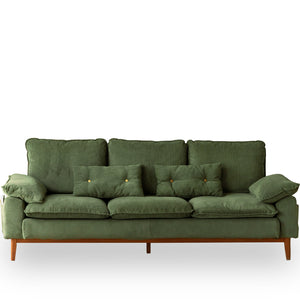
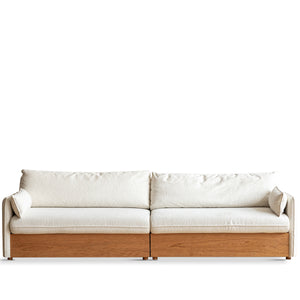
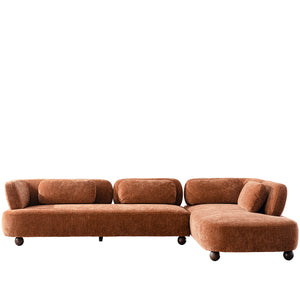
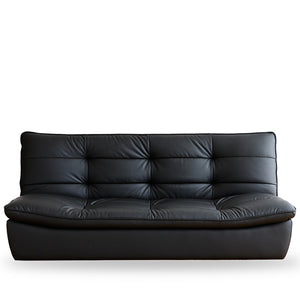
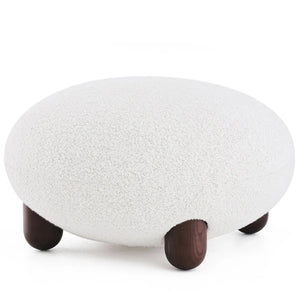

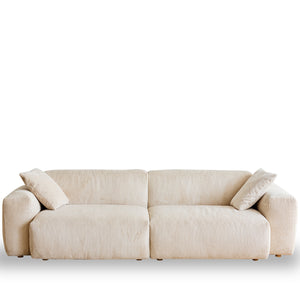
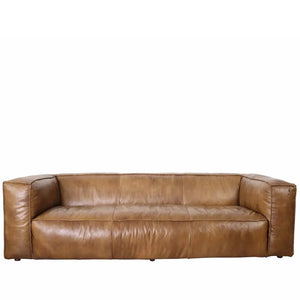
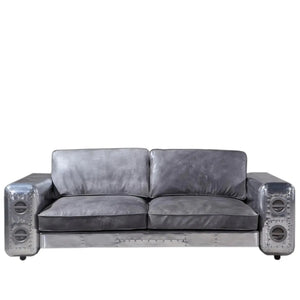
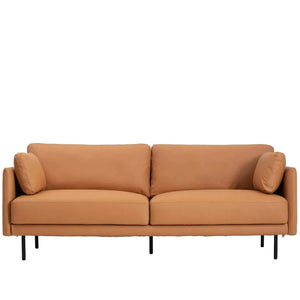
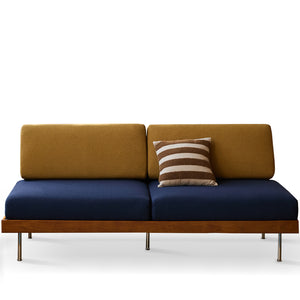
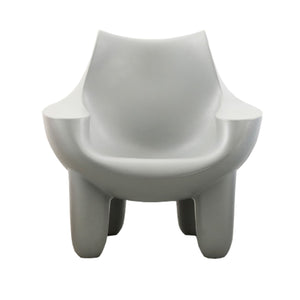


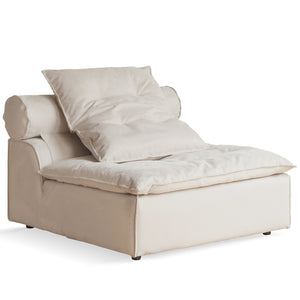

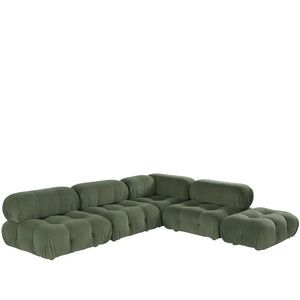
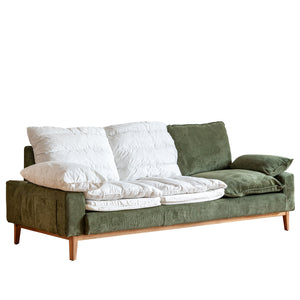
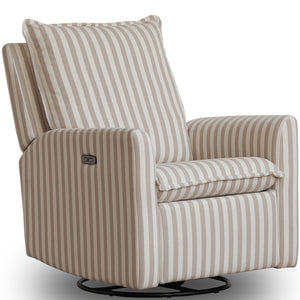




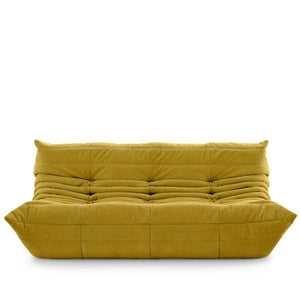
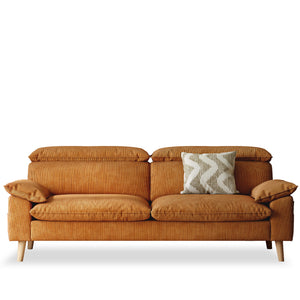

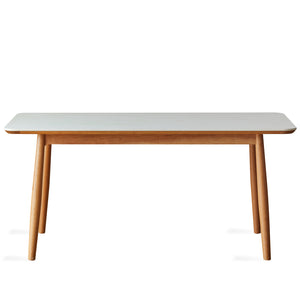
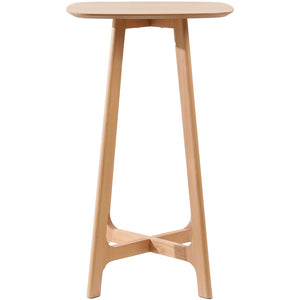
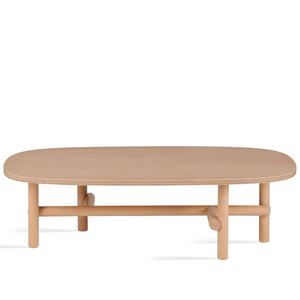
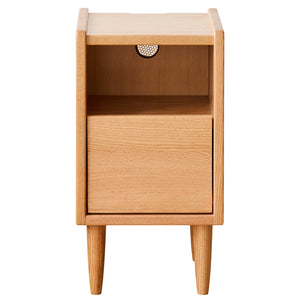
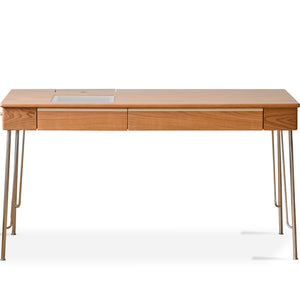
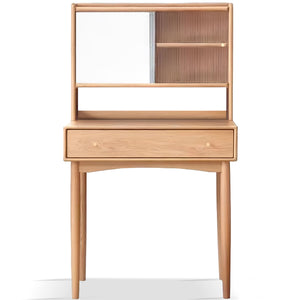

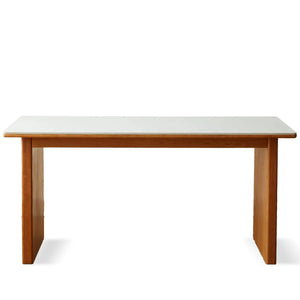
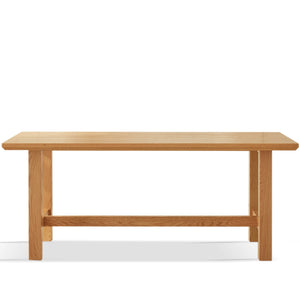
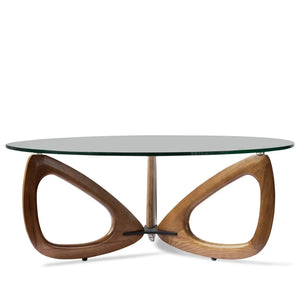
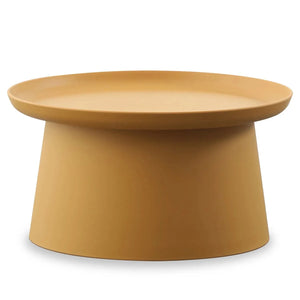

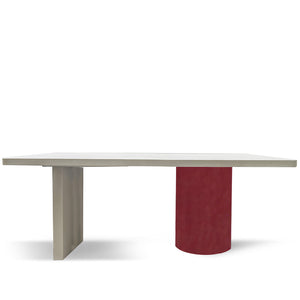

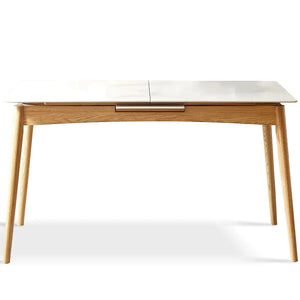
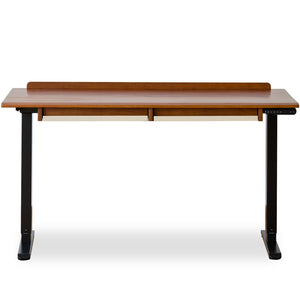
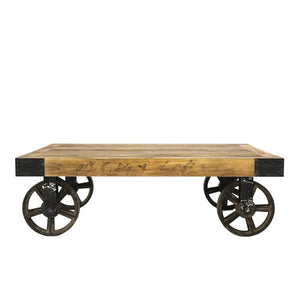

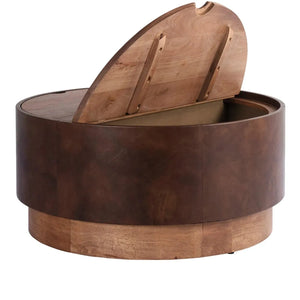

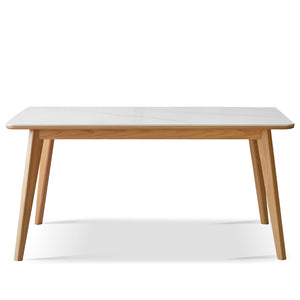

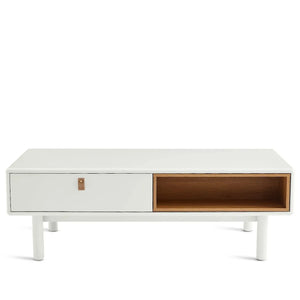
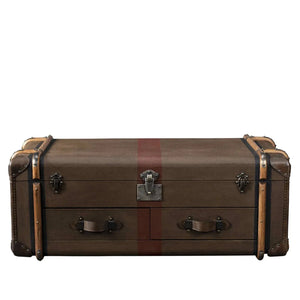
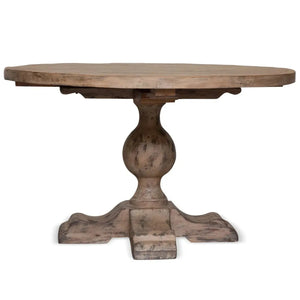


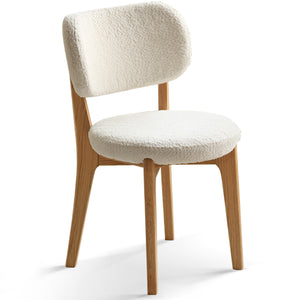
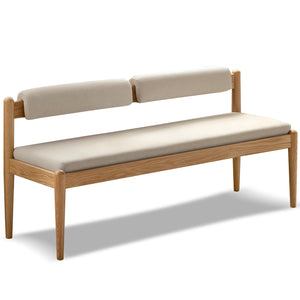
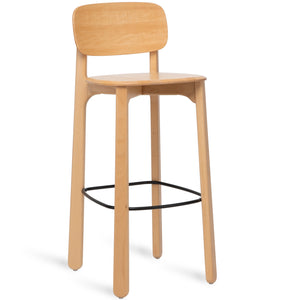
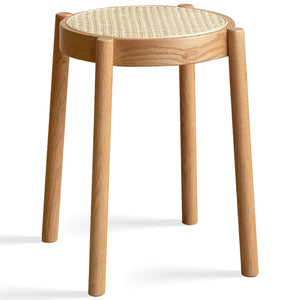
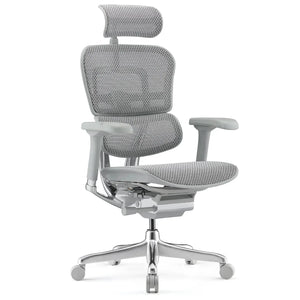

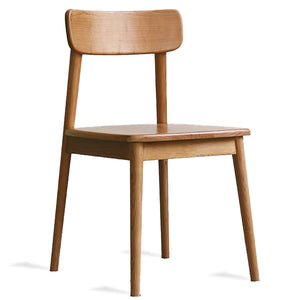
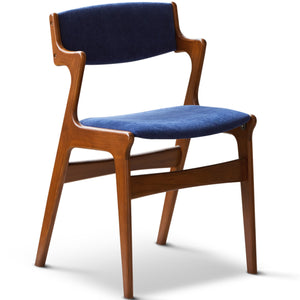
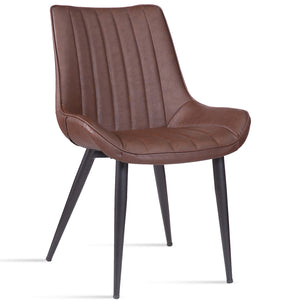
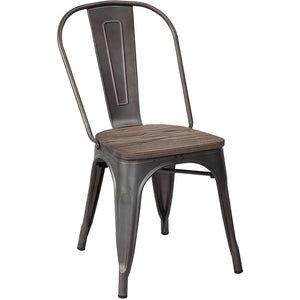
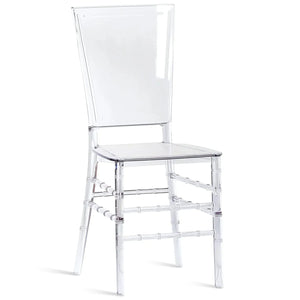
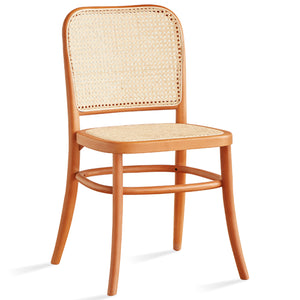
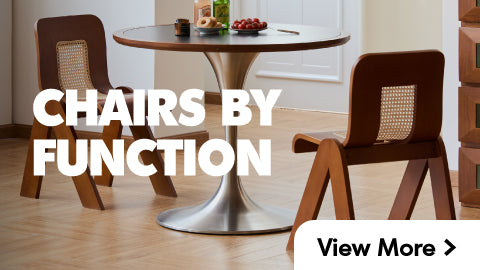
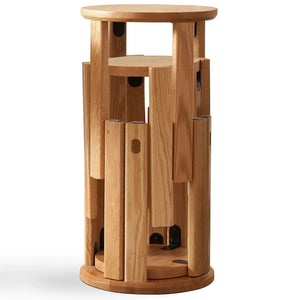

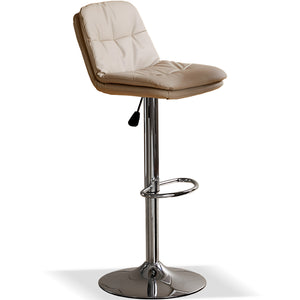
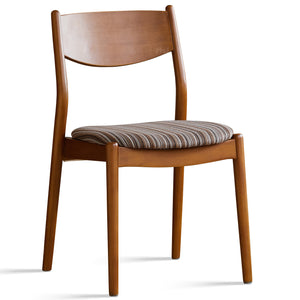
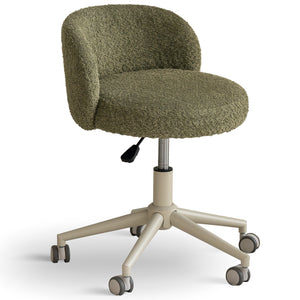
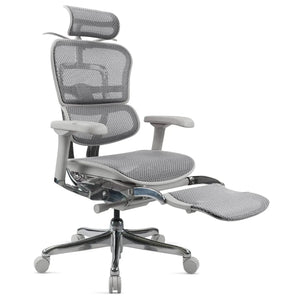

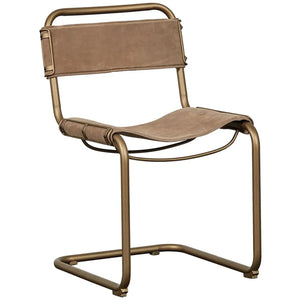
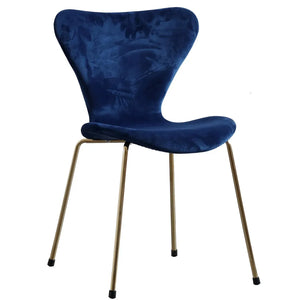
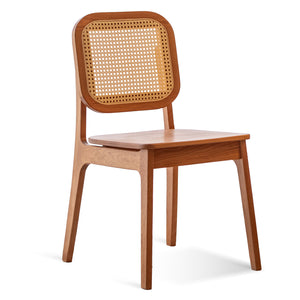
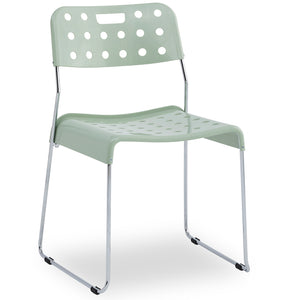
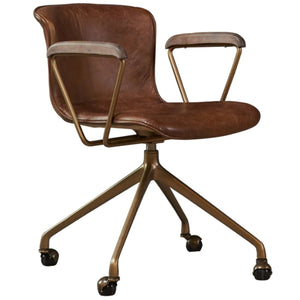


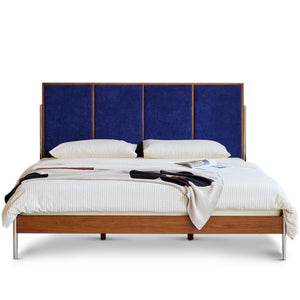

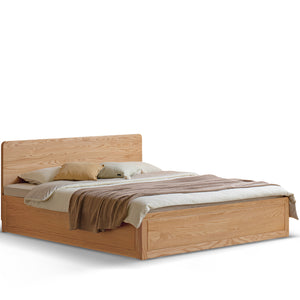
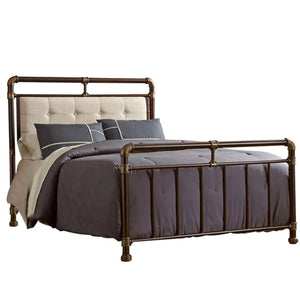
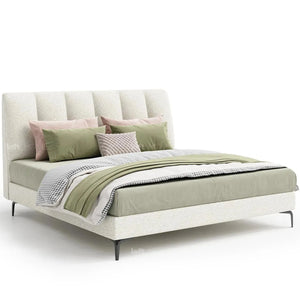
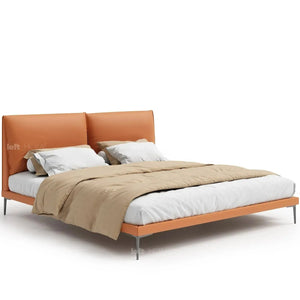
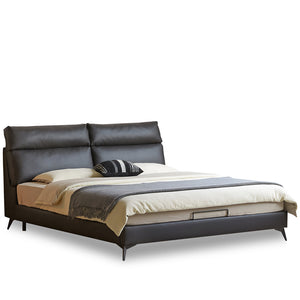
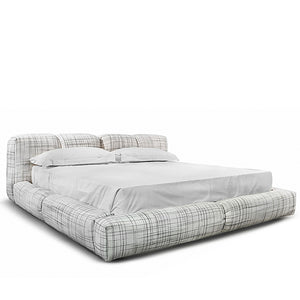

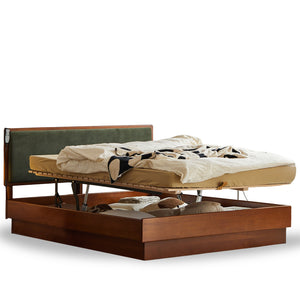


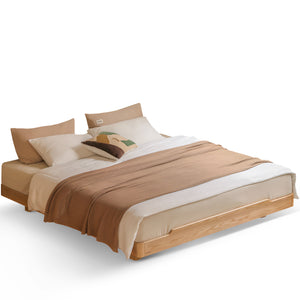
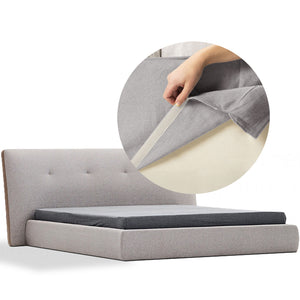
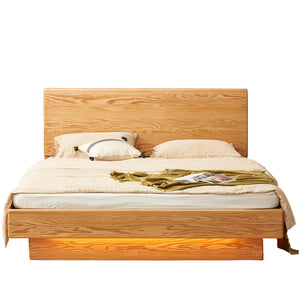

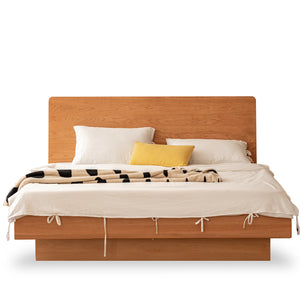

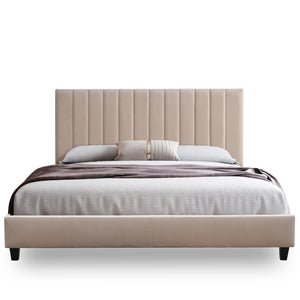
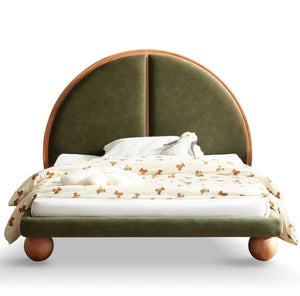
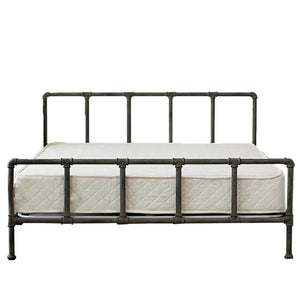
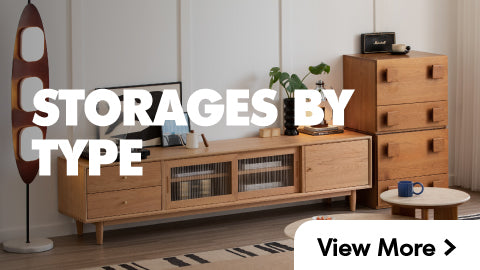
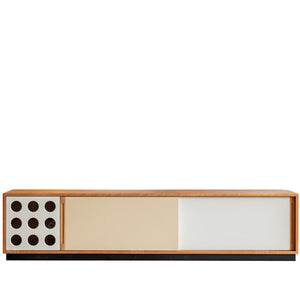

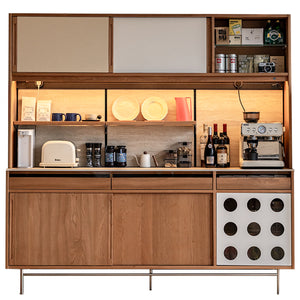
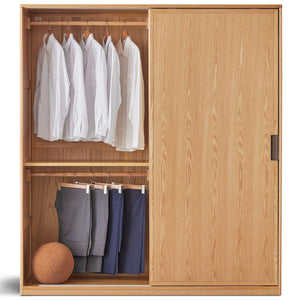
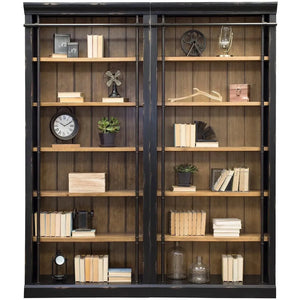
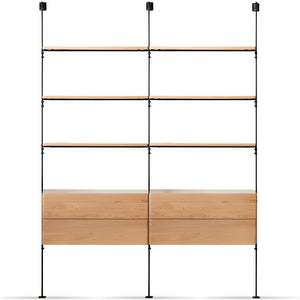
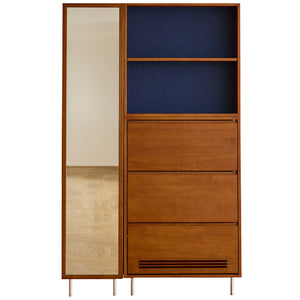
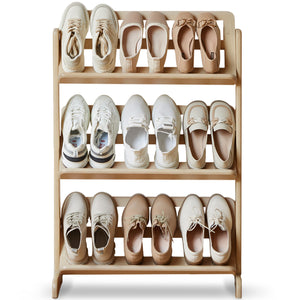
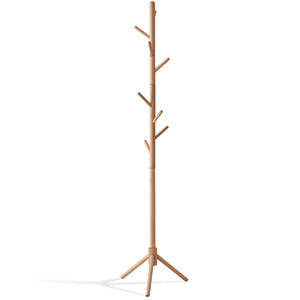

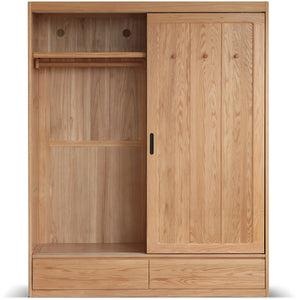
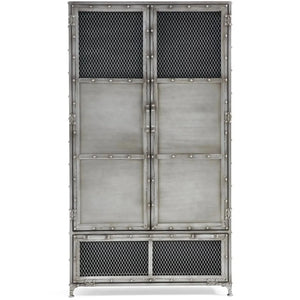
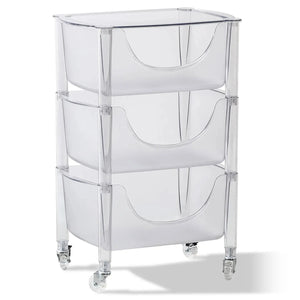
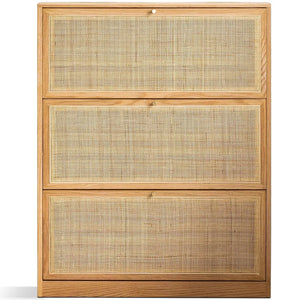
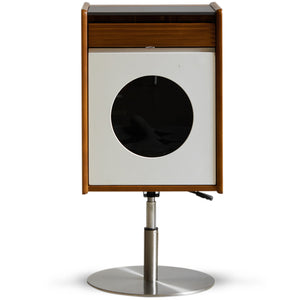
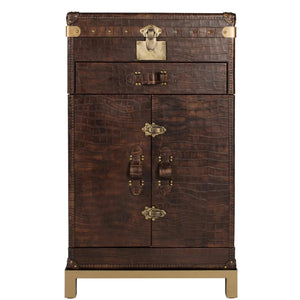

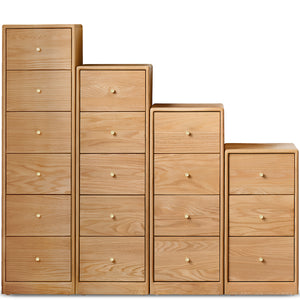
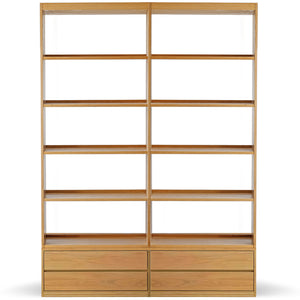
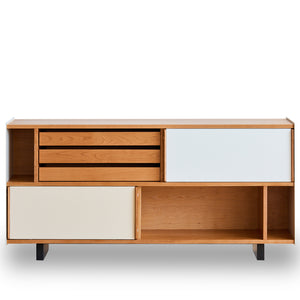
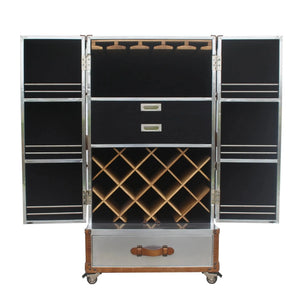
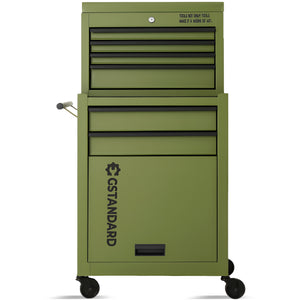


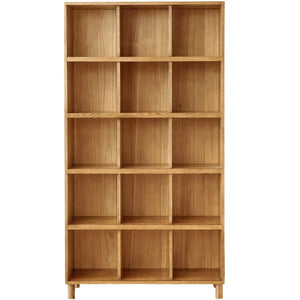

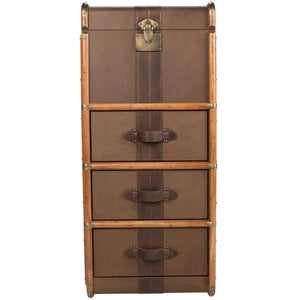
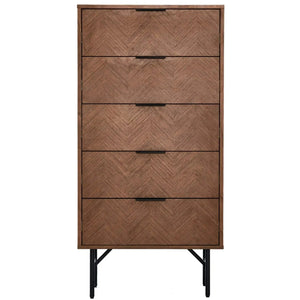

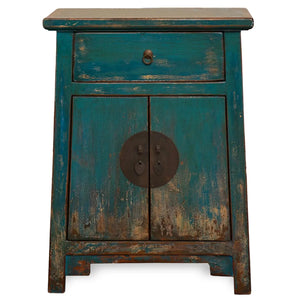



























































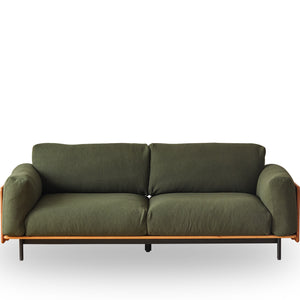
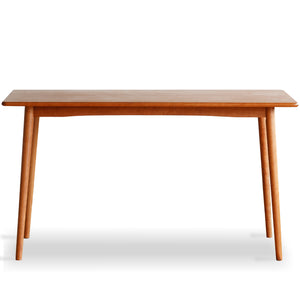
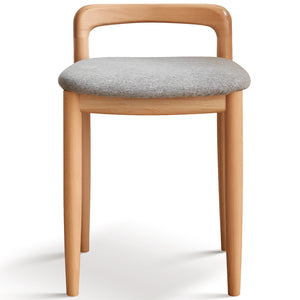
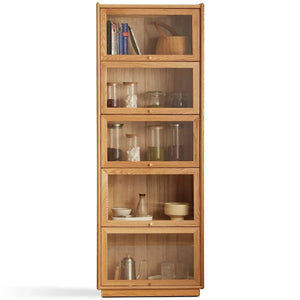







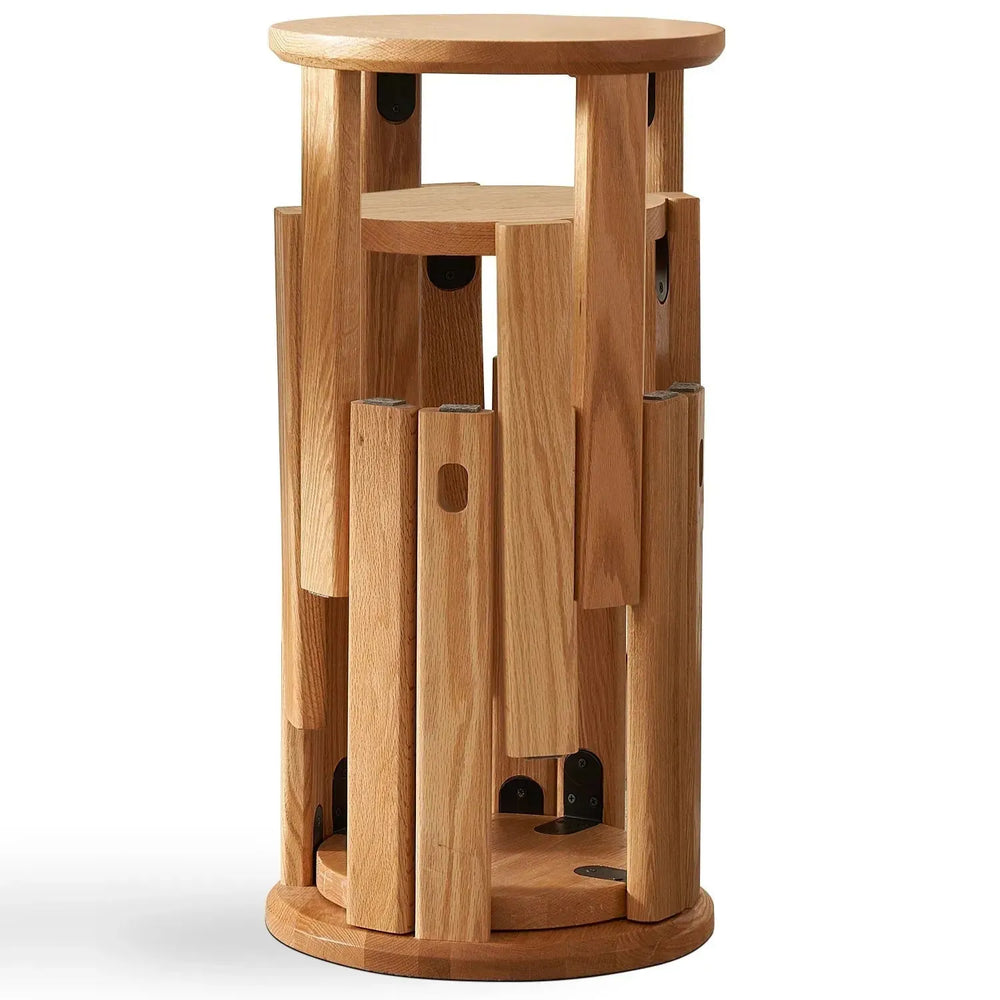




Leave a comment